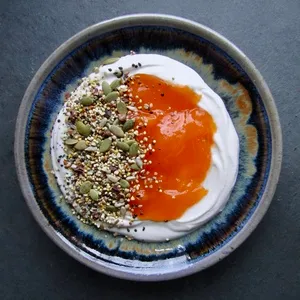I know the feeling — that feeling that pops up at about 11 pm on New Year’s Eve. You’re about nine leftover Christmas cookies too deep, you feel awful, and you swear to yourself that all you will eat for, like, the entire first week of January is juice or fruits and vegetables.
You’re right about one thing: the fiber in those fruits and veggies will certainly push the holiday treats out of your digestive system, leaving you feeling lighter and feeling much, much better than your current miserable state. But will eating like a rabbit really give your body a thorough cleansing?

Photo by Caitlin Shoemaker
As it turns out, if detoxification is your goal, you will definitely need more than fruits and vegetables to see the process through. Let me explain.
What is detoxification?
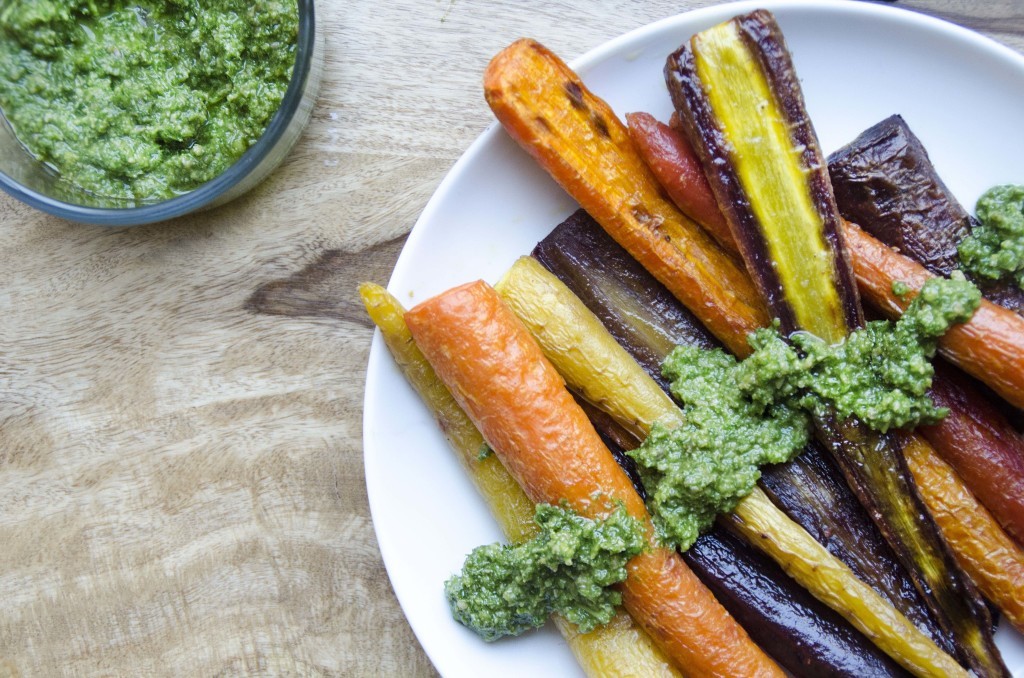
Photo by Becky Hughes
During the process of detoxification, toxic substances are removed from the human body. These toxins can be from external sources (food, water, the air, things that come in contact with our skin, even medication) or internal sources (bad bacteria, yeast). Some of these toxins are water-soluble, and the body quickly excretes them. Many toxins, however, are fat-soluble and are stored in the body. This is where the liver, our body’s primary organ for detoxification, comes in. To remove these stored toxins, the liver makes them water-soluble and excretes them.
One important thing to keep in mind is that this is a biological process that will occur whether you follow a special regime or not. If you are alive and functioning properly, your body is detoxifying.
The purpose, then, of a detox regime is not to induce the process of detoxification but to support it. This can be done by intentionally eating foods which provide raw materials needed by the liver while not eating foods that contribute toxins*.
*As food in itself is not a toxin, this refers to toxins in and processed into certain foods, which is why many people strive to eat organic, non-processed foods from quality sources during a detox.
How does it work?
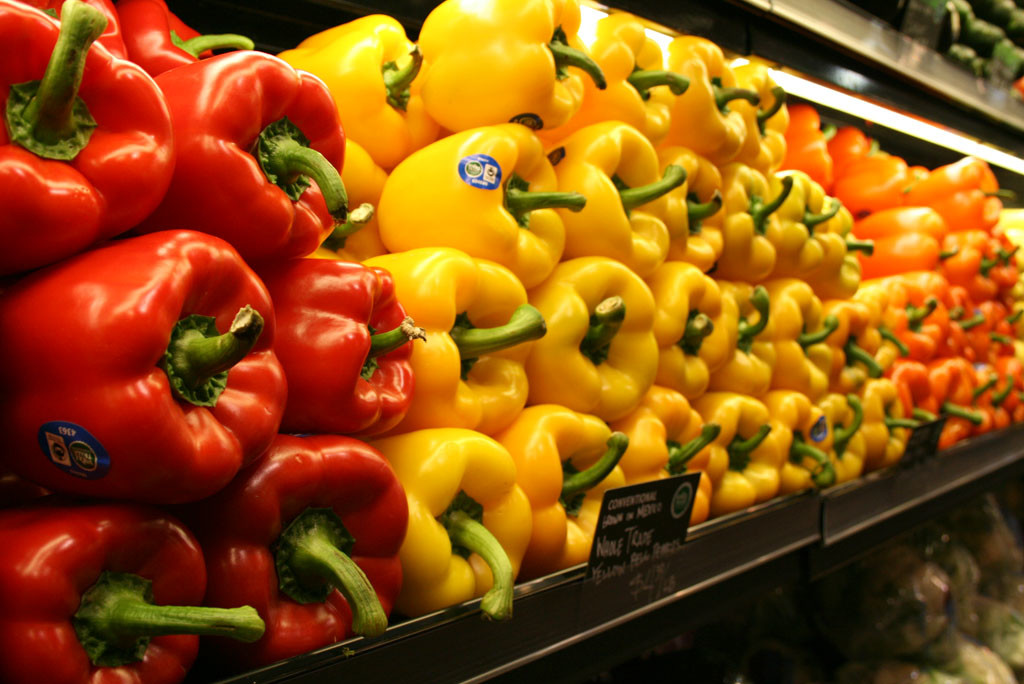
Photo by Alex Tom
Detoxification in the liver takes place in several phases.
Phase I
The liver makes some of the fat-soluble toxins in our body water-soluble.
Phase II
All toxins from Phase I are joined with molecules of sulfur or amino acids. In this formation, they are now ready to be excreted from the body.
Phase III
This is not always regarded as an official phase, as it is simply excretion. The toxins (joined with sulfur and amino acids) are excreted from the body via breath, sweat, urine and feces.
What can we do to help the process?

Photo by Irvin Mai
With these phases in mind, the question we must now address is this: what can we do to best promote the process of detoxification in our livers?
First of all, during Phase I, many toxins either gain electrons (reduction) or lose electrons (oxidation). This process is catalyzed by enzymes which are best induced by cruciferous vegetables, other brightly-colored fruits and vegetables and herbs.
The problem with “detox” regimes that only include fruits and vegetables (whether in juice, smoothie, or other forms) is that the liver does not have the materials necessary to move onto Phase II.
It’s not good for the body to stay in Phase I — just because many toxins have become water-soluble does not mean that they are harmless. Some toxins, after completing Phase I, may have actually become even more harmful. At this point, if they do not move quickly through the rest of the phases, they can easily be reabsorbed back into the bloodstream.
To complete Phase II, our body needs sulfur and amino acids for the toxins to be linked to in preparation for elimination. Foods high in sulfur include Allium vegetables (garlic, onions, leeks, shallots, chives), and Brassica vegetables (dark leafy greens like broccoli, cauliflower, Brussels sprouts, kale and many more).
Foods high in sulfur and amino acids (the building blocks of protein) include eggs, fish, poultry, meat, nuts, beans, and legumes. Eating a variety of these foods will help your body move toxins through Phase II and into Phase III.
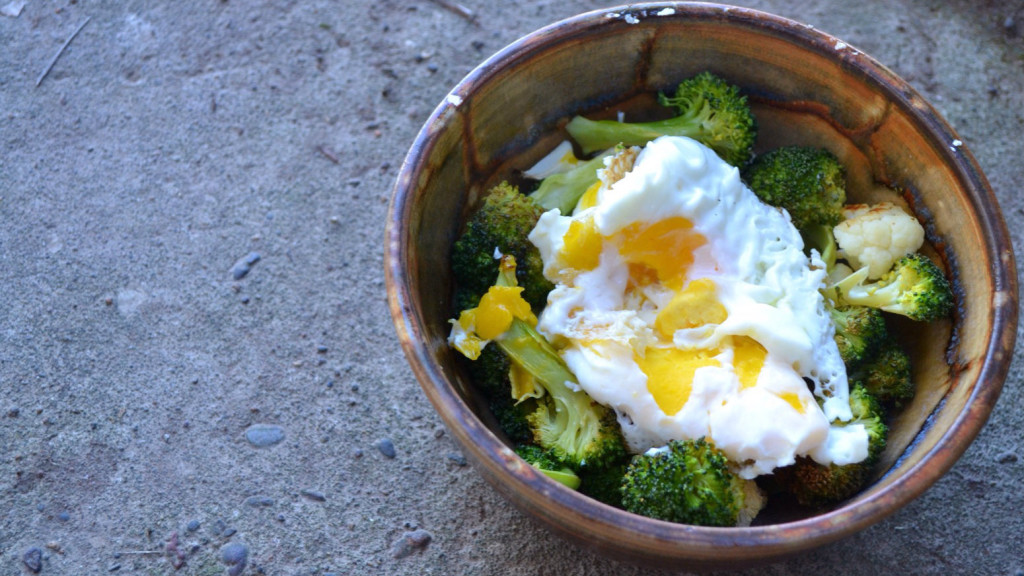
Photo by Rose Gerber
If you choose to go the animal product route, be absolutely sure to buy products that you know to be grass-fed, pasture-raised, or at LEAST organic. If you or someone close to you hunts, wild game is a great option. These products are much, much more likely to come from healthy animals than conventionally-sourced products. Sickness and disease are rampant among animals in the factory-farming (conventional) system.
If quality animal products are difficult for you to come by, whether due to accessibility or price, please consider the veggie option rather than resorting to low-quality animal products. A can of black beans (even organic) is not very expensive and is a much better option for you than eggs from a sick chicken, dairy products from a sick cow, or the flesh of a diseased animal.
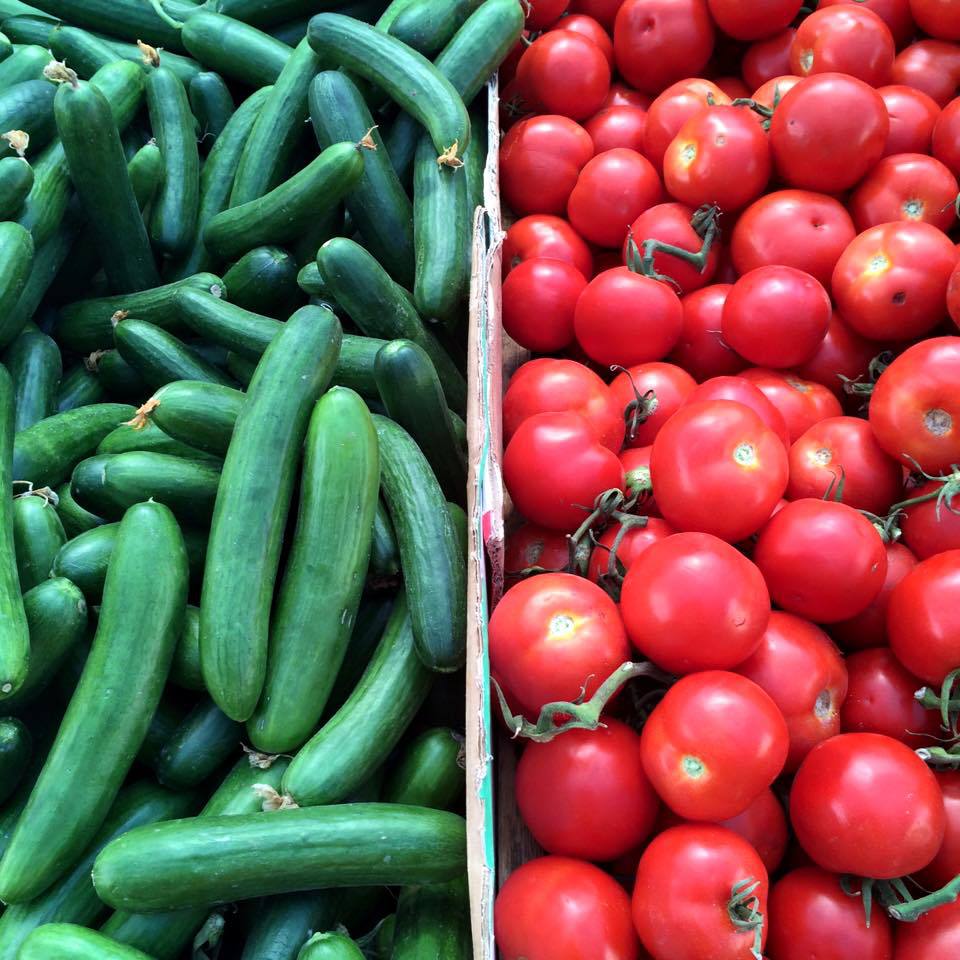
Photo by Becca Berland
Upon reaching Phase III, your body is ready to excrete toxins via feces, urine, sweat, and breath. If you are consuming the vegetables recommended for Phases I and II, you should be getting more than enough fiber to be having regular bowel movements.
Making a conscious effort to drink enough water will ensure sufficient hydration to excrete toxins via urine. Exercise is the most obvious way to boost sweat output, although some also utilize saunas when detoxing.
As for breathing, simply taking the time to focus on deep breaths for short periods of time throughout your day will help your body release any toxins trying to escape through your airway.
Remember, detoxification is a natural body process that does occur and will continue to occur whether or not you do anything about it. If you feel the need to do a more focused, intentional “detox,” be sure to provide your body with the proper materials to complete the process in full.


